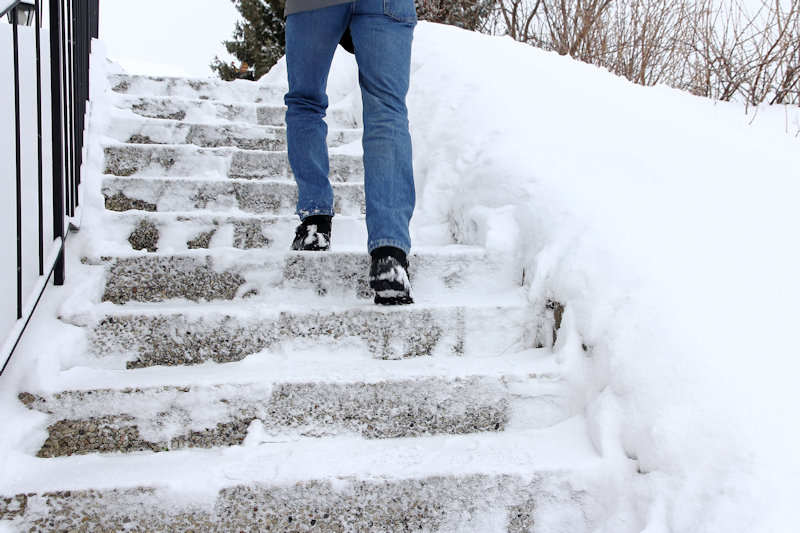As winter sets in and snow (and ice) blanket the ground, it’s a good time to focus on fall prevention. Winter slips and falls are a significant risk, especially for older adults, and they can lead to severe injuries and reduced quality of life. Hamilton hospitals report a spike in hip fractures this month due to winter slips and falls. Implementing effective fall prevention strategies can help ensure safety and promote independence.
Stay Active and Fit:
Regular physical activity is crucial for maintaining balance and strength. Exercises that improve coordination, flexibility, and muscle strength, such as tai chi, yoga, and strength training, can significantly reduce the risk of falls. It’s essential to engage in activities that challenge your balance and improve your overall fitness to prevent winter slips and falls.
Home Safety Checks:
Many falls occur at home, so it’s vital to make your living environment as safe as possible. Start by removing tripping hazards like loose rugs, clutter, or electrical cords. Ensure that all rooms, hallways, and staircases are well-lit, and install grab bars in bathrooms and non-slip mats in showers and tubs. Consider using nightlights to illuminate pathways during the night to lower the risk of winter slips and falls.
Regular Vision and Health Check-ups:
Poor vision can contribute to falls. Regular eye exams help ensure that your vision is sharp and that any changes are promptly addressed. Additionally, managing chronic conditions like diabetes and arthritis can reduce the risk of falls. Medications should be reviewed with your healthcare provider to avoid side effects that could impair balance and lead to winter slips and falls.
Footwear Matters:
Wearing the right shoes can make a big difference. Choose well-fitting, non-slip shoes rather than slippers or high heels. Shoes with good grip and support can prevent winter slips and falls, thus improving stability.
Assistive Devices:
If you have mobility issues or balance concerns, consider using assistive devices such as canes, walkers, or handrails. These tools can provide extra support and enhance your stability. Consult with a healthcare professional to choose the right device and learn how to use it correctly to prevent winter slips and falls.
Education and Awareness:
Educate yourself and your loved ones about fall risks and prevention strategies. Awareness is key to reducing the likelihood of falls. Many community programs offer fall prevention workshops and resources.
Plan for Emergency Situations:
Having a plan in place can help you respond quickly if a fall does occur. Consider carrying a medical alert device or phone with emergency contacts easily accessible. By adopting these fall prevention strategies, you can significantly reduce the risk of falls and enhance safety at home and beyond. Remember, prevention is always better than treatment, and small changes can make a big difference in maintaining your independence and well-being amidst winter slips and falls.

Kathryn Davies
President Owner

